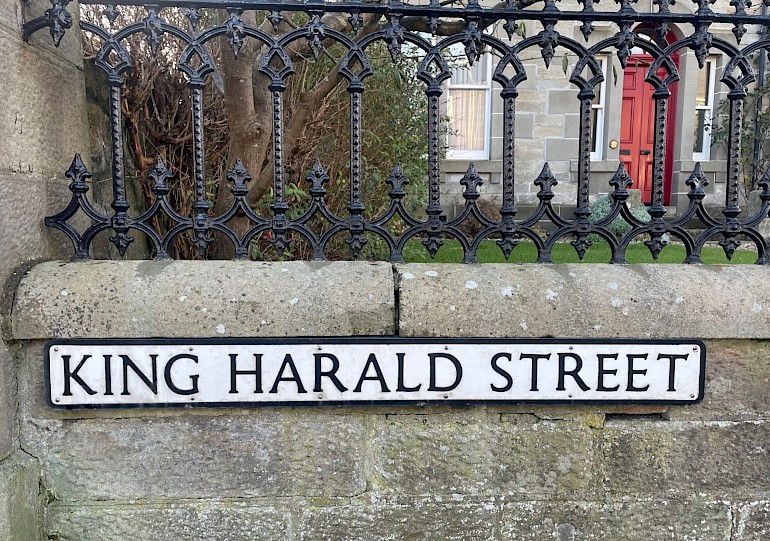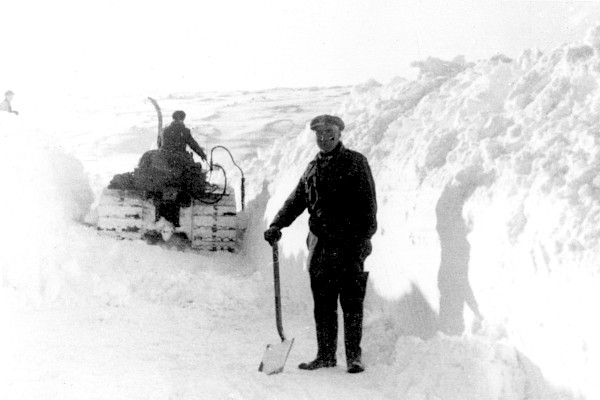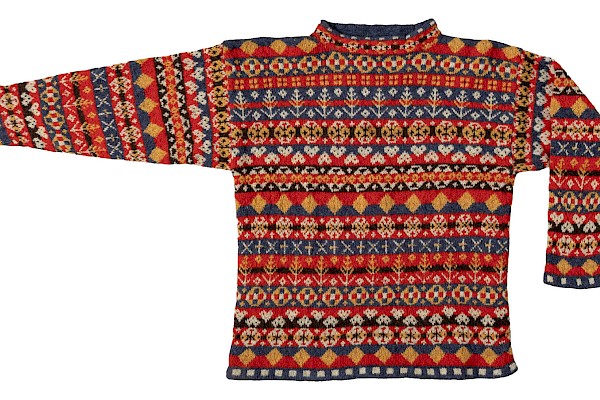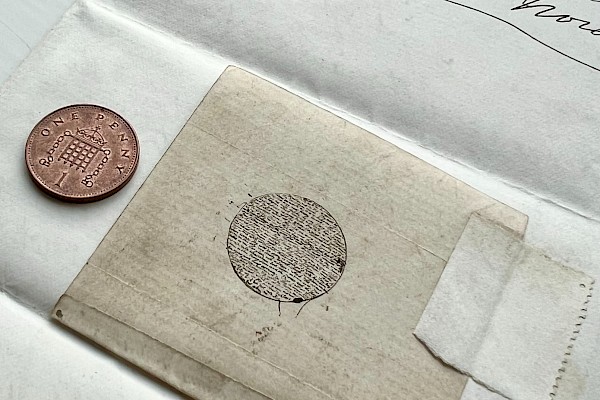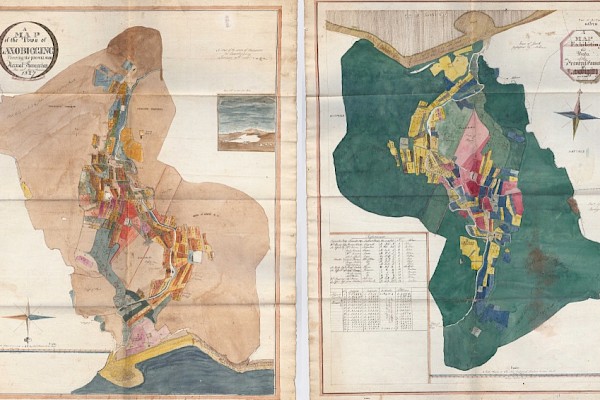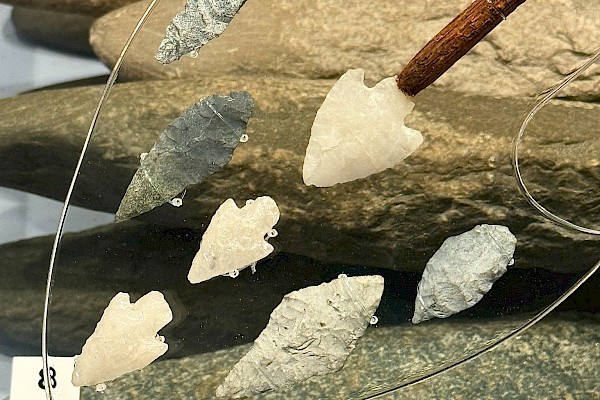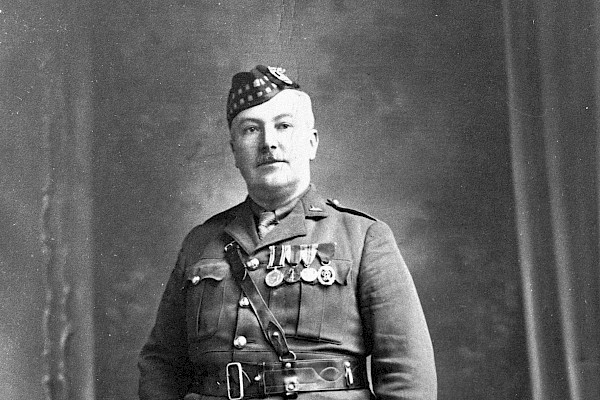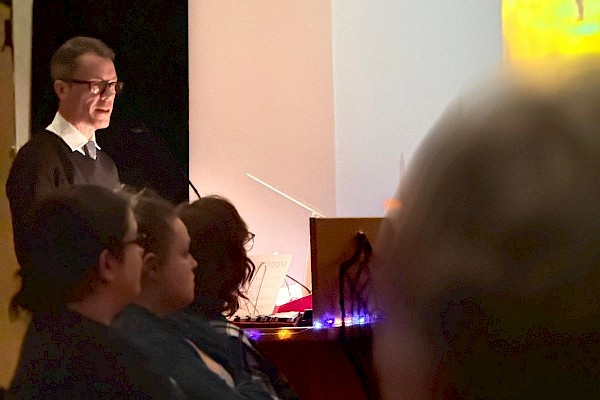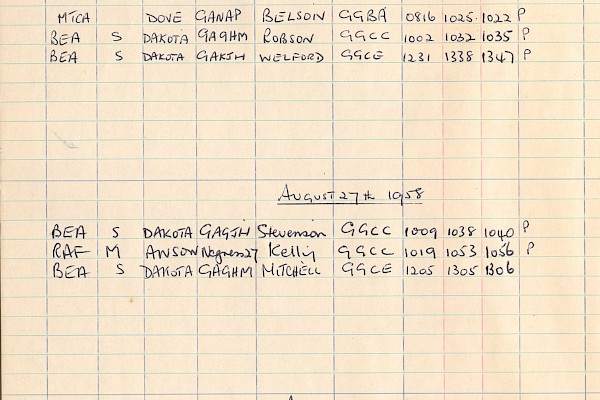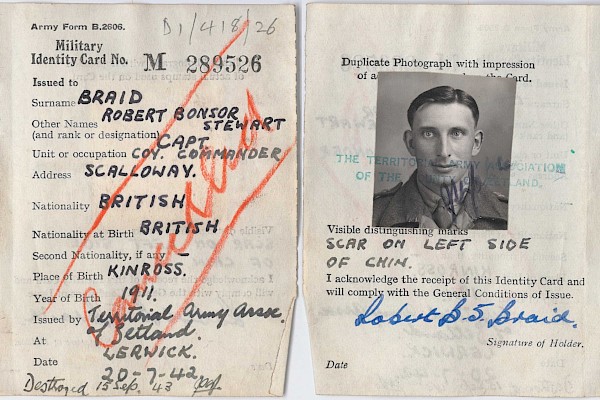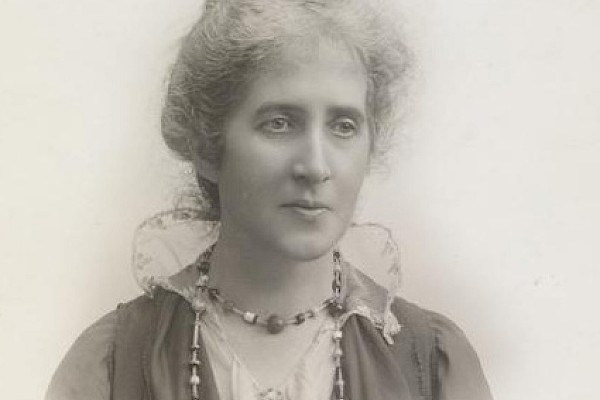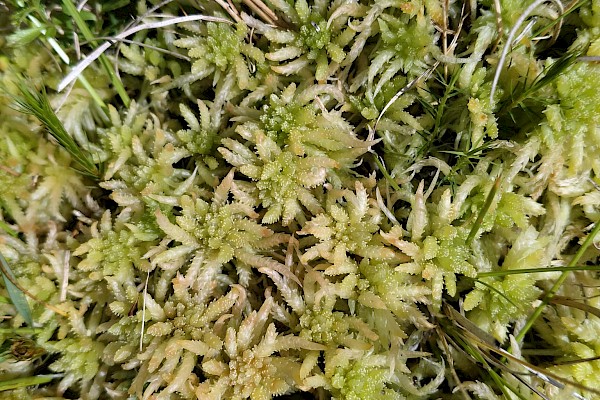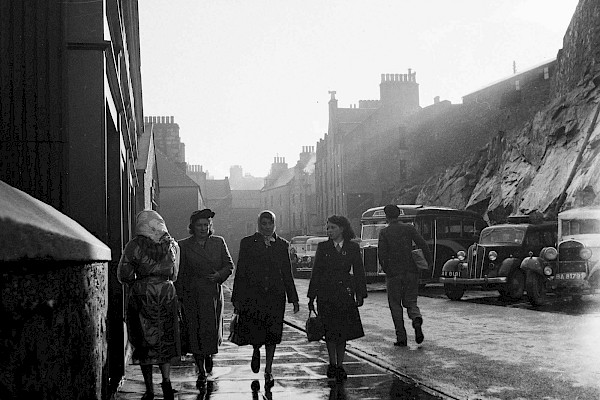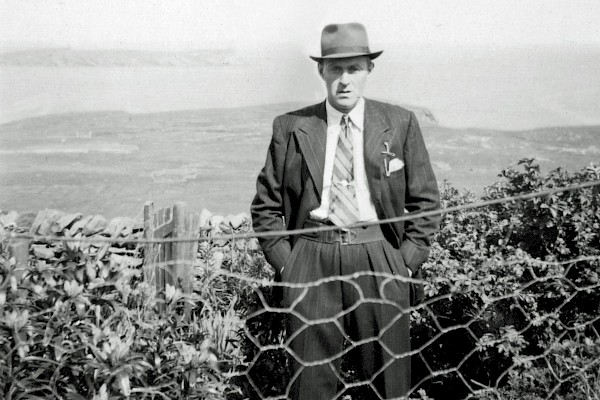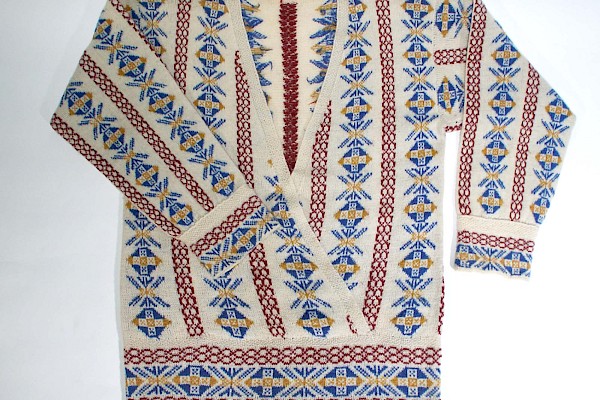The funny story behind some of Lerwick's street names
In the 1880s Lerwick was changing rapidly. As the great herring fishery of that era developed, there were new streets, and potential streets, to name. Forty years previously there had been a general labelling of streets in the town, but some of the names formulated then had become obsolete, or had never caught on.
By 1884 there was a whole ‘new town’ to name. It was a criss-cross of streets in the valley west of the Hillhead. The Commissioners of Police in the town, who had responsibility for street-naming, instructed its General Purposes Committee to get moving on the job. The committee reported in April.
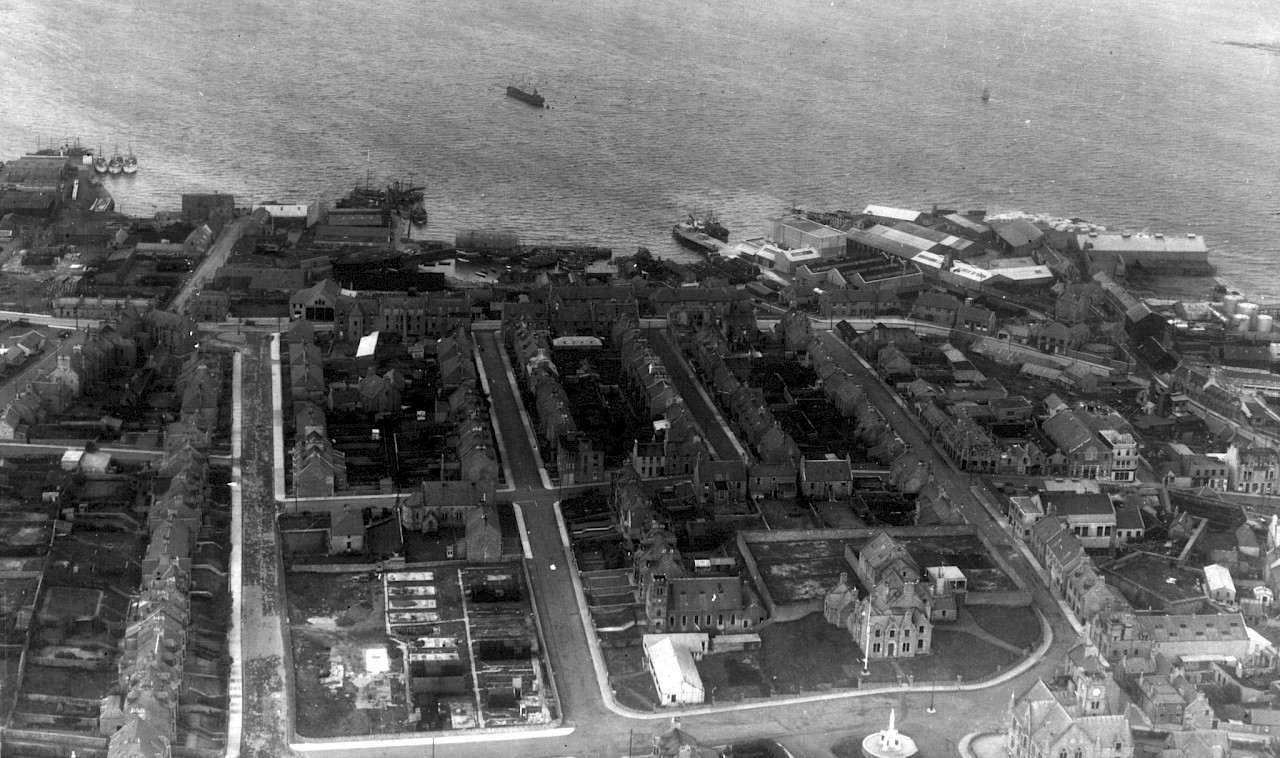
An impression has got around that councillors of that era were anxious to honour their Scandinavian ancestors. Certainly Arthur Laurenson, the man who decorated the new Town Hall a few years previously, had had that aim. As we all know, the place is full of stained glass commemorating Norse kings and earls.
The Commissioners of Police had a different attitude. They regarded their naming project as fun. The fact that we have streets with names like King Harald Street and St Magnus Street is pure chance, as we shall see.
The Commissioners regarded some of the old names as undignified: Whisky Lane, for instance. They replaced it with Market Street. Immediately to the west a new street was coming into existence: the General Purposes Committee proposed that it should be called Queen Margaret Street. What Queen Margaret they had in mind I do not know. I will come back to her street later.
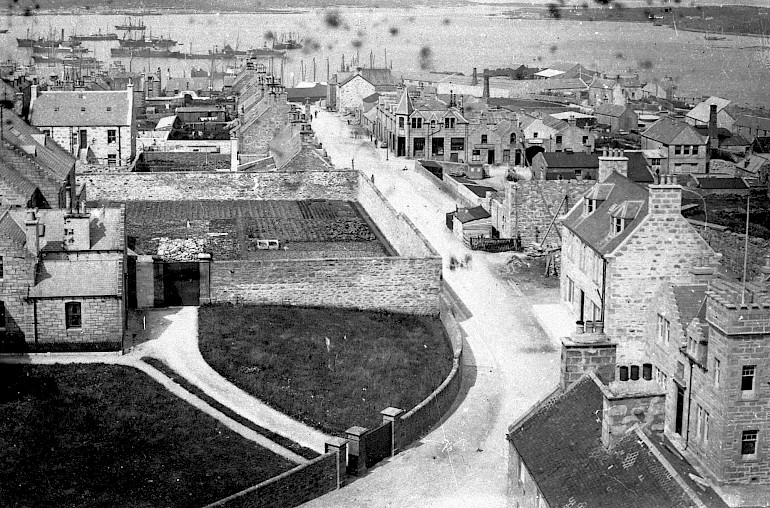
View of Market Street taken from the Town Hall, looking on to the prison yard, Market House and the Garrison. Photo © Shetland Museum & Archives Ref: NE08997
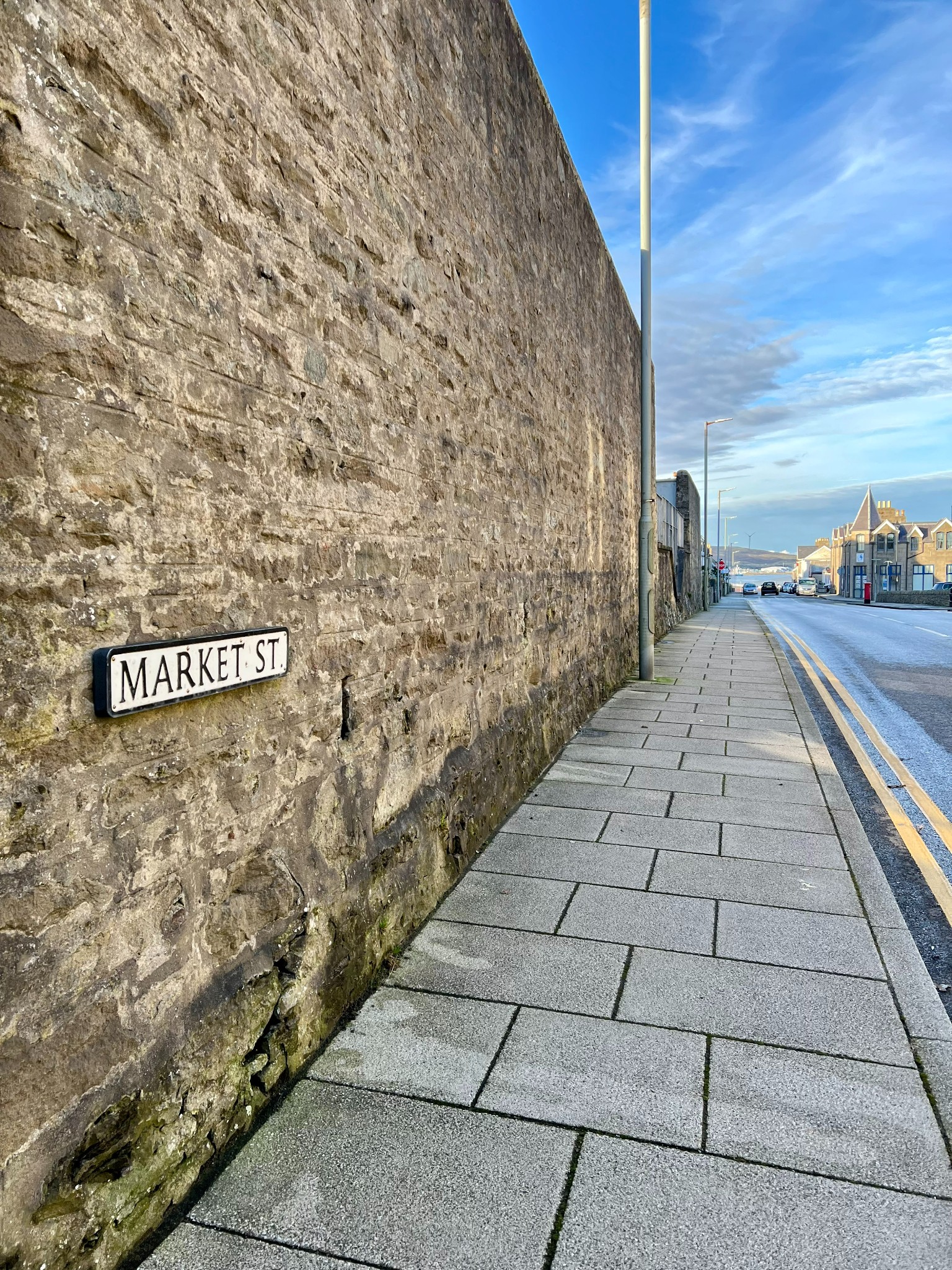
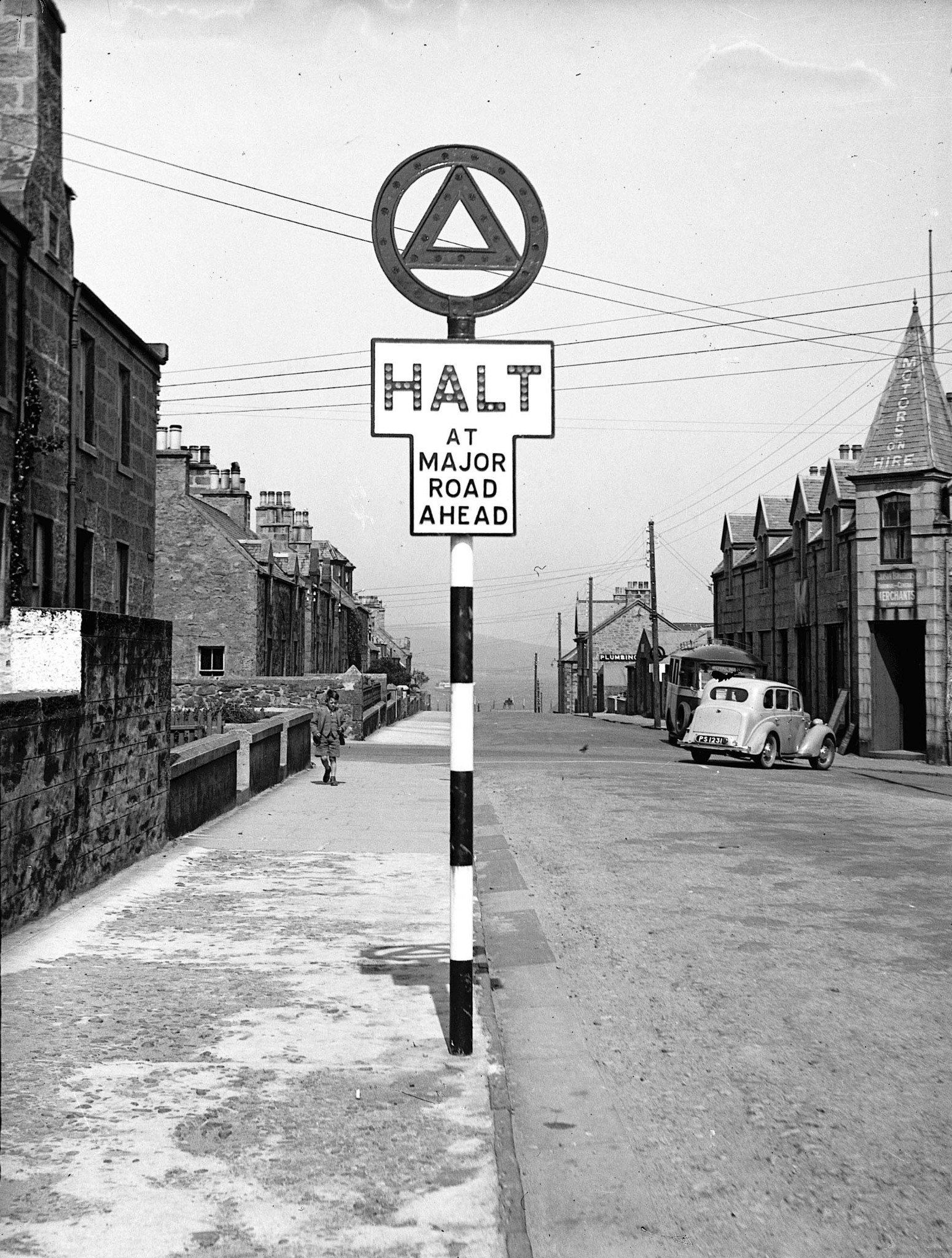
The biggest street in the making, so far unnamed, ran ‘through the centre of the valley from First Public School to Freefield’, as the Committee put it. They recommended that it should be called King Harald Street.
That didn’t go down well with the Commissioners. They didn’t like long names. ‘They were exceedingly cumbrous’, the chairman complained, ‘and in general conversation they would never be used.’ The Commissioners decided unanimously to call the street ‘Harald Street’.
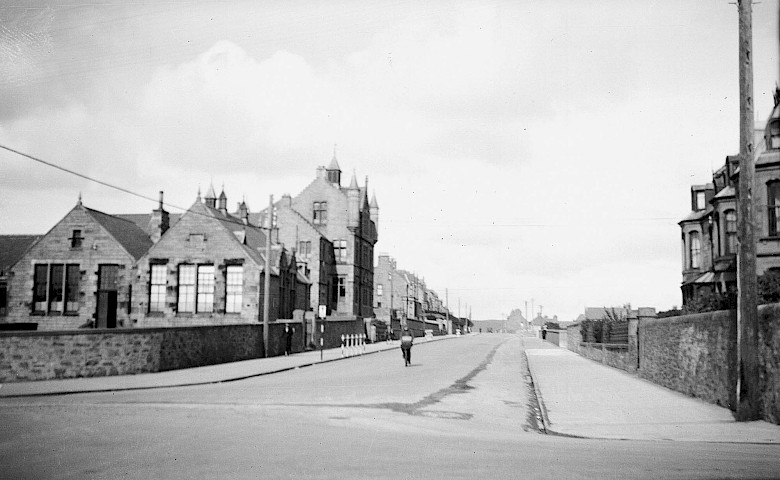
Discussion then commenced about the four so-called ‘cross streets’ east of Harald Street. The northmost one was already known as Slaughter House Road. The Commissioners immediately renamed it as Harbour Street, as we call it today.
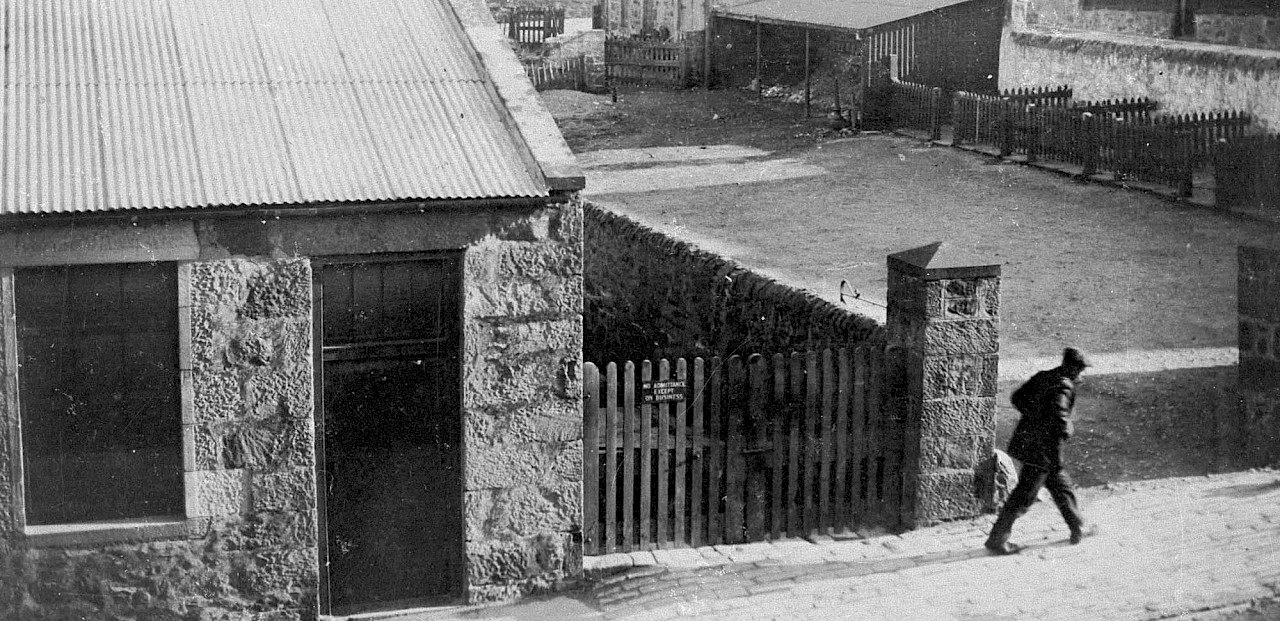
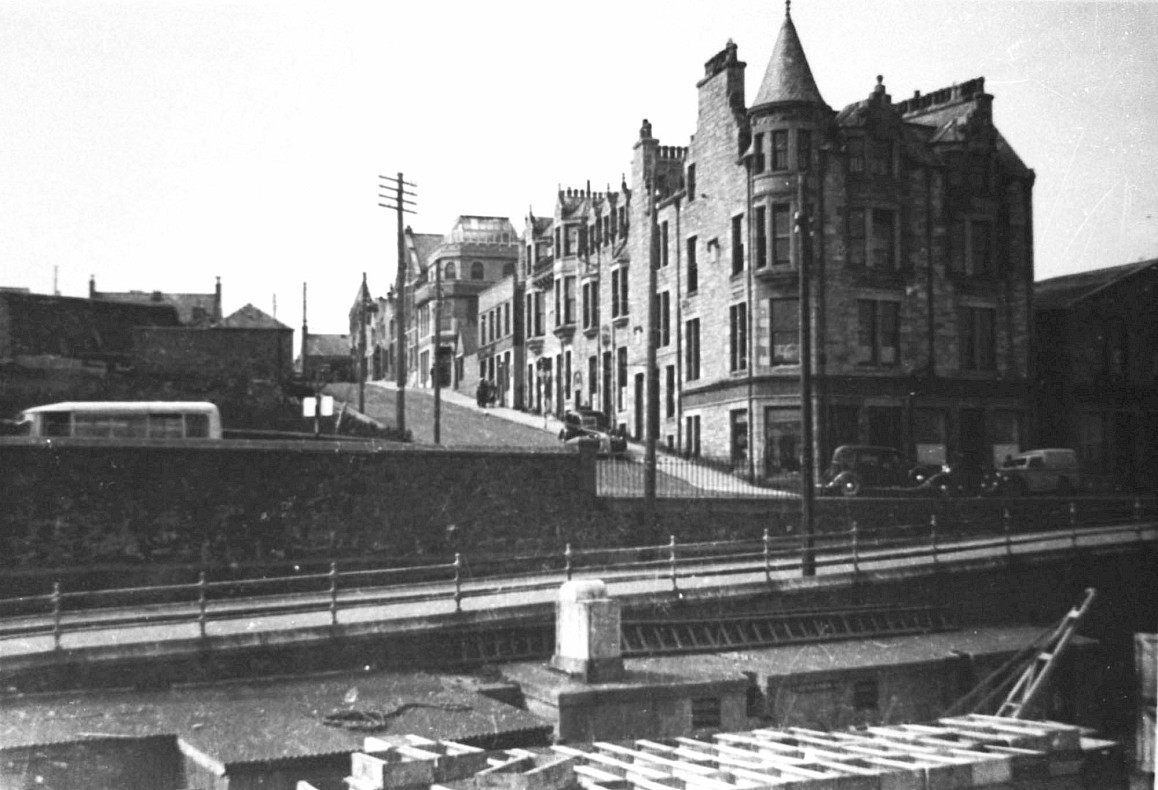
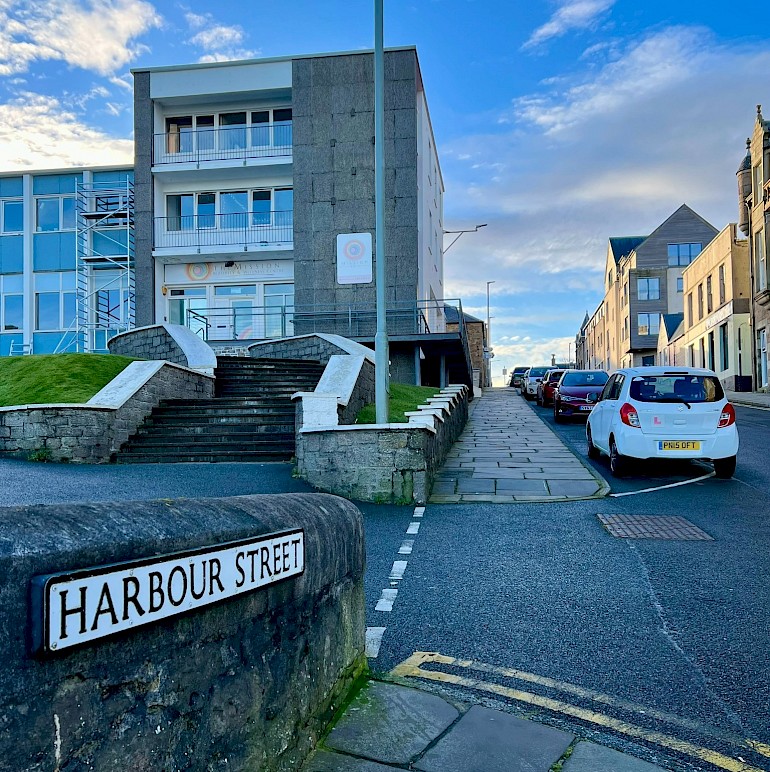
There was more controversy about the next cross street. The committee wanted to call it King Eirik Street. Again protests arose about the prefix ‘King’.
But Councillor Leisk pointed out that a name such as ‘Eirik Street’ would be ‘utterly devoid of meaning’ without ‘King’ attached. It would give the impression, he said, ‘that it had been named in honour of some old Cunningsburgh Eirik’. (Eric was a popular Christian name there.) It was agreed to call the street ‘King Eirik Street’, as it is still called.
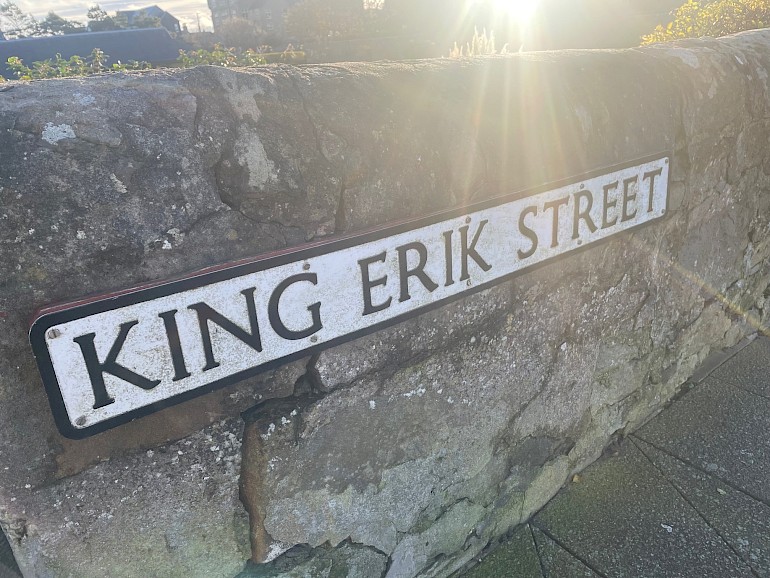
The biggest arguments of all were about the next cross street, the one that ran from the Market Green – where the Library now stands – to Burgh Road. It was already called Leather Lane, for some reason, or Goudie’s Road – not names that appealed to the Commissioners. The Committee’s proposal, startling nowadays, was that it should be called St Magnus Street.
There were howls of protest. ‘Why should they not name the street in honour of Bailie Robertson’, one councillor suggested, ‘or some other notable man of the present day, instead of going back and taking names of men of whom they knew nothing?’
There was general lack of knowledge among the Commissioners about St Magnus. Councillor Leisk explained that he was the patron saint of the islands, but his colleagues were not impressed. Councillor Duncan preferred St Paul. Paul was said to have come to Britain, he said, ‘and he may have visited Shetland also’. The chairman said that ‘he did not see any reason for bringing in these “Sts”.’
The chairman thought that Queen’s Street would be a better idea. But Leisk retorted: ‘Are we so poverty struck that we cannot get names without going to the Royal Family? There is already an Albert Wharf, a Victoria Pier, a Queen’s Lane, and also a Prince Alfred Street [the fourth cross street] proposed, and that is surely sufficient.’
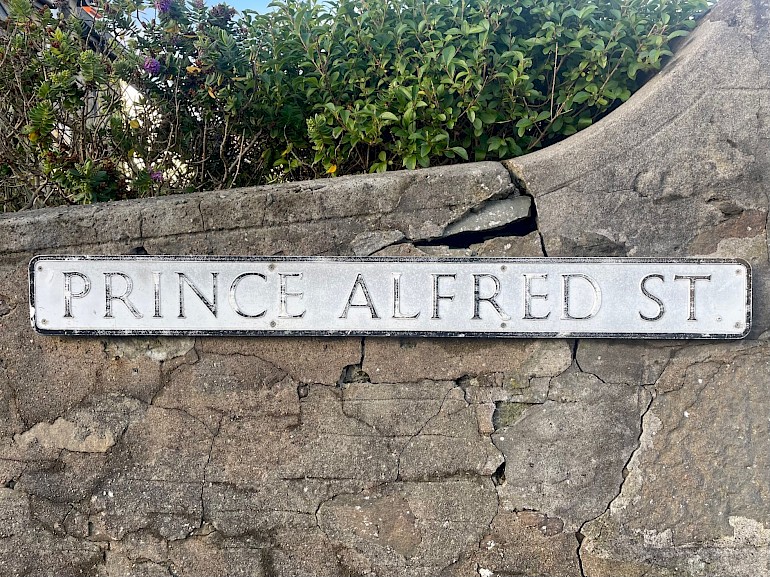
The eventual compromise could not have been more bland. Councillor Harrison said that Park Street would be a very good name. Leisk held out for St Magnus, and Stove for St Paul, but Park Street won the day.
As I have said, the Commissioners were the body responsible for street names, but sometimes they accepted ideas from the outside world. A few days later the trustees for the Feuars and Heritors of Lerwick, who owned much of the land in the New Town, discussed the Commissioners’ proposals. They liked them all – except Park Street.
They argued that a much better name would be Union Street. Their suggestion had nothing to do with the Act of Union: it was based on an idea that the street in question united the Old and New Towns. Union Street the name became, and so it remains.
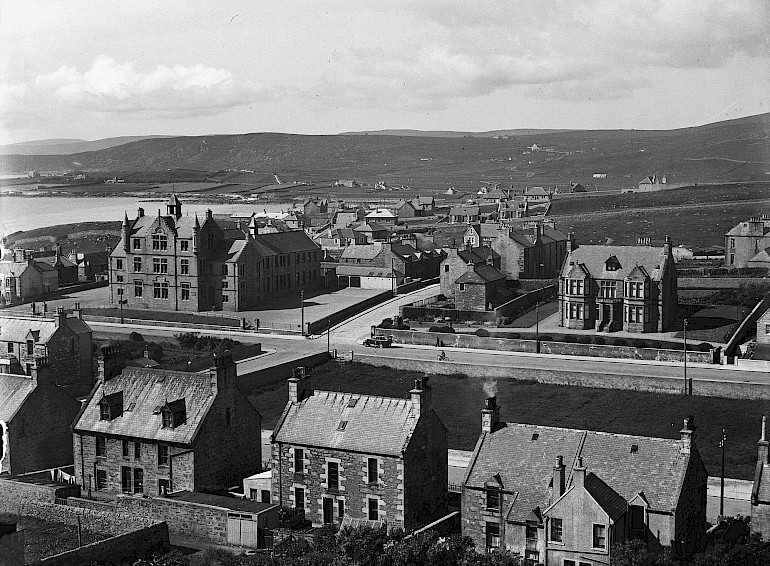
Looking towards the cross roads between King Harald Street and Union Street. Photo © Shetland Museum & Archives Ref: R00967
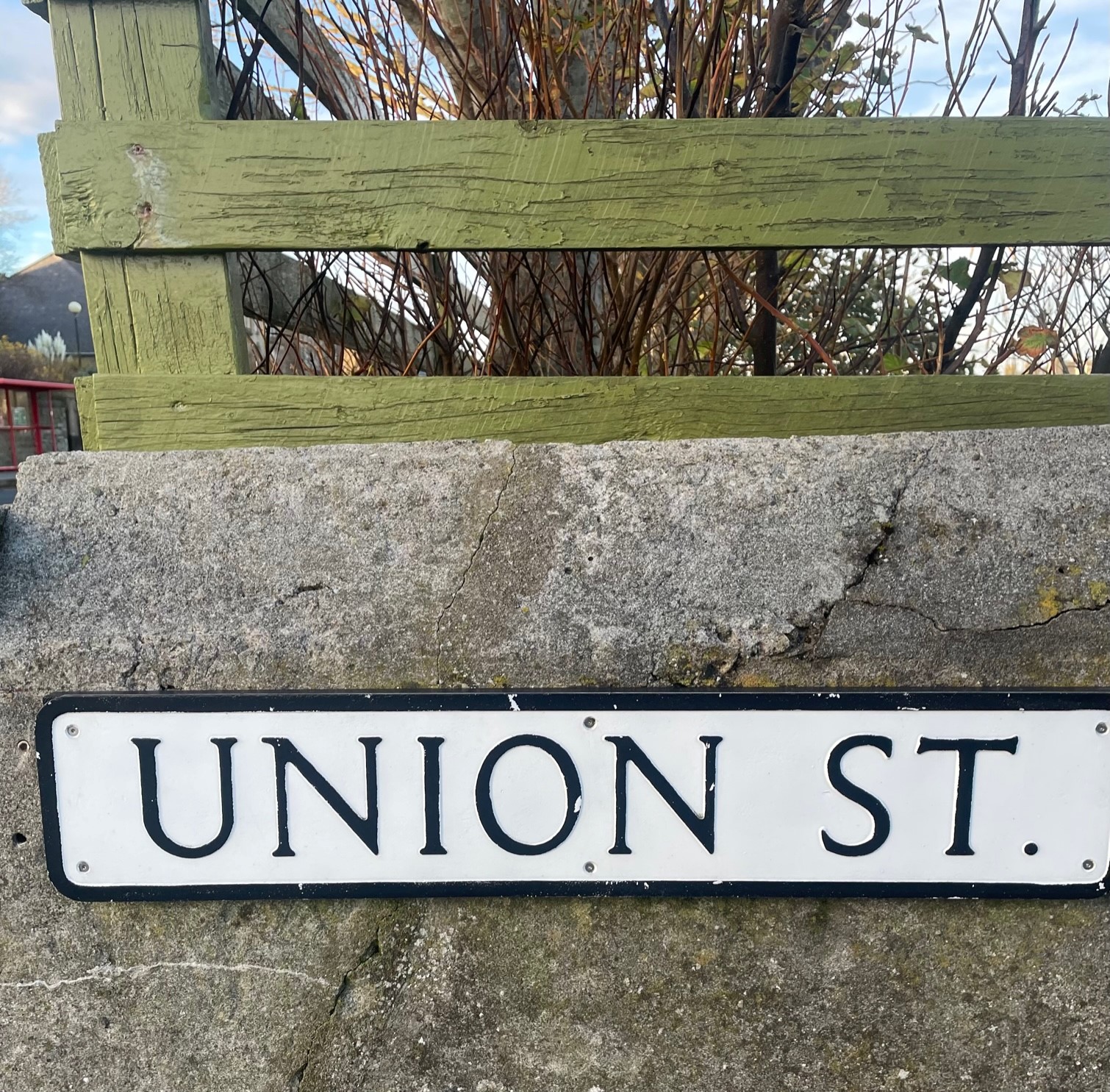
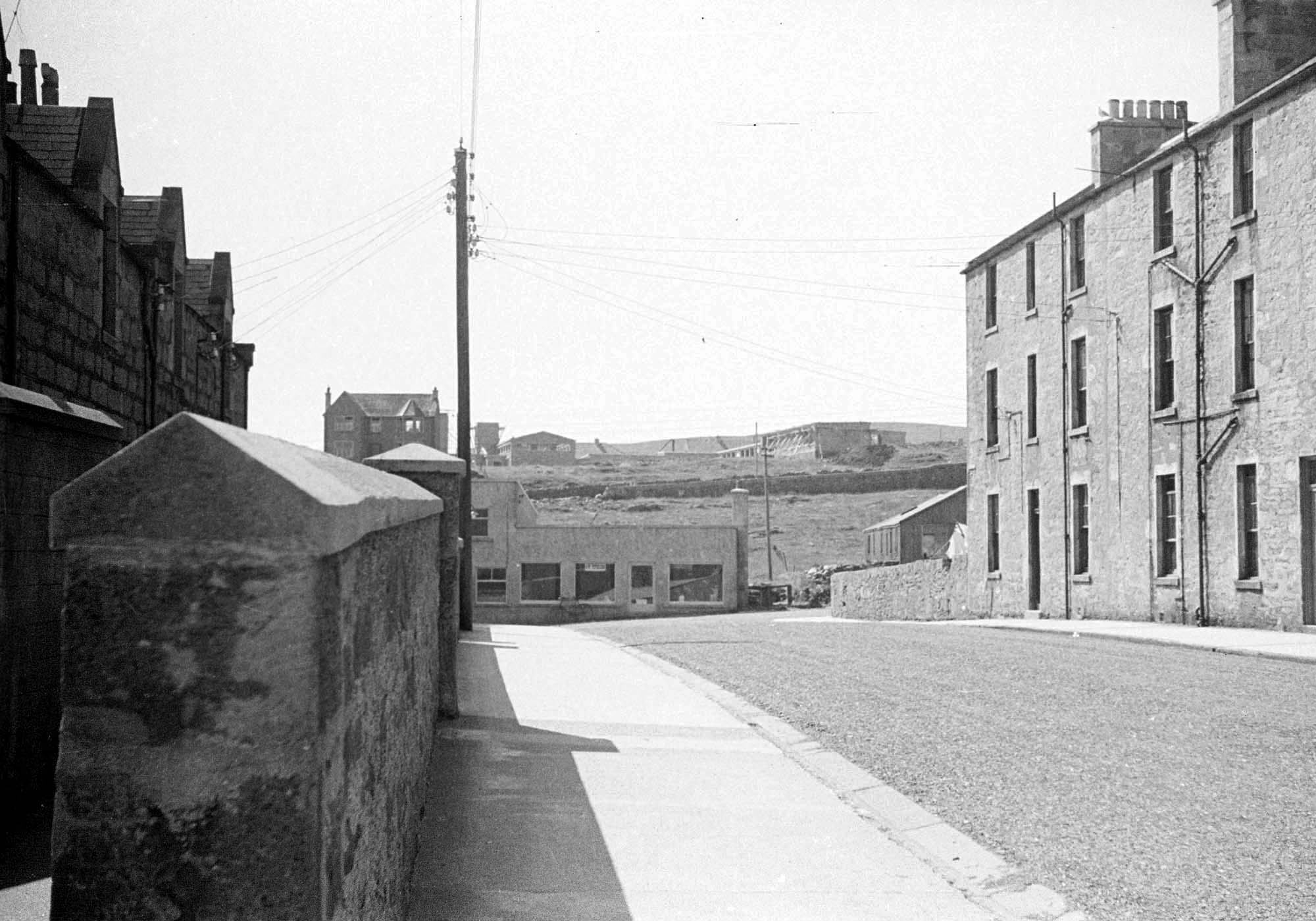
There remained the problem of St Magnus, who still had adherents. The solution was simple. The street west of Market Street ceased to be Queen Margaret Street, whoever she was, and became St Magnus Street for ever.
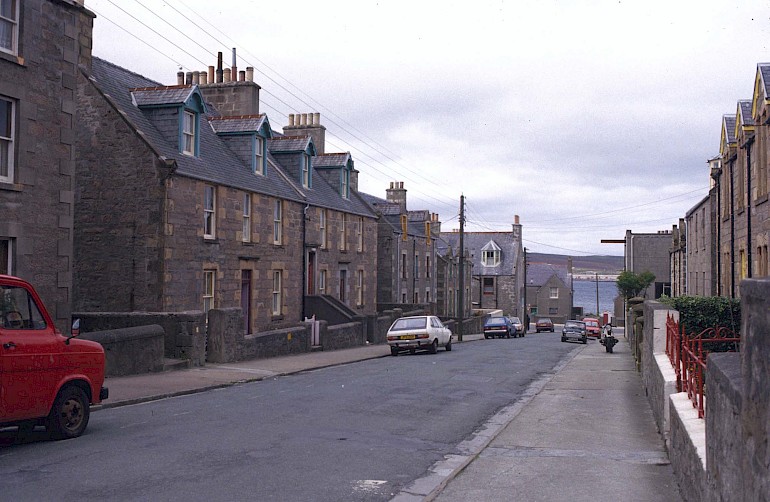
There was an amusing sequel to the Commissioners’ deliberations. The people who now lived in Harald Street and district didn’t like the name at all. They took a petition to the Commissioners to say that they wanted to live in King Harald Street after all. Councillor Duncan said: ‘That is a large and influential memorial, and we should accede to the request made. And let us do it with all due gravity, and without any of the buffoonery we had at a former meeting.’ And so they did.
